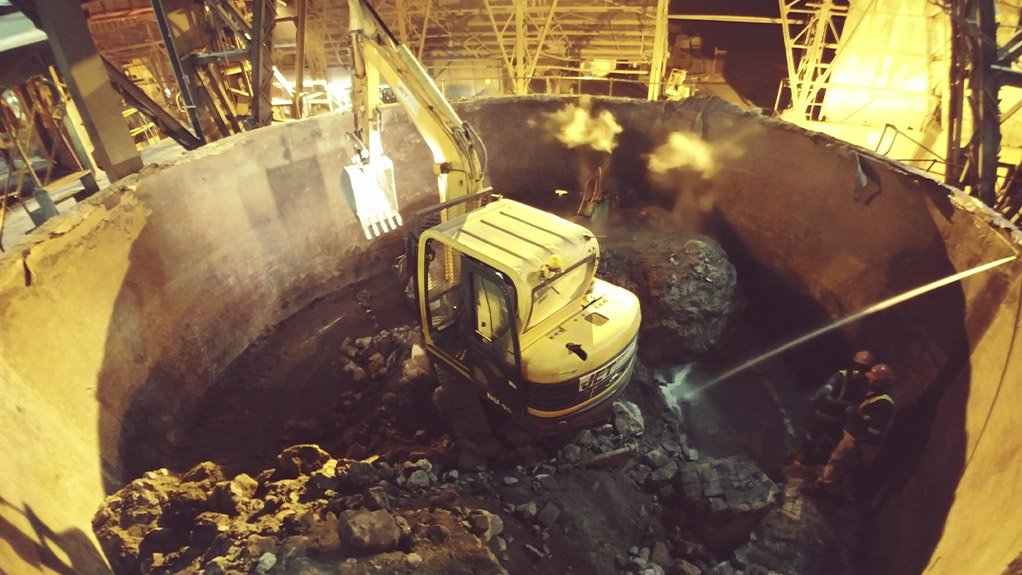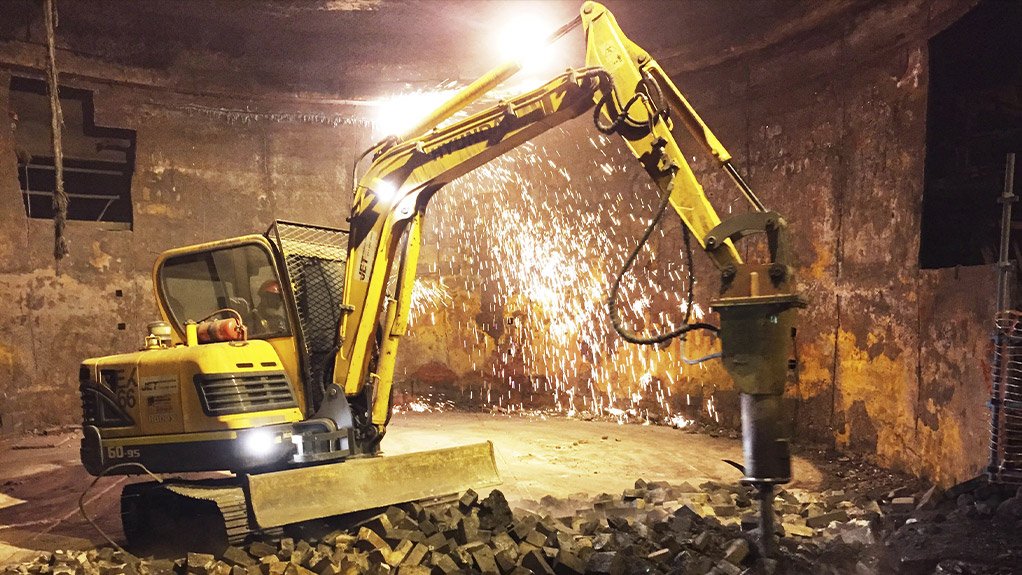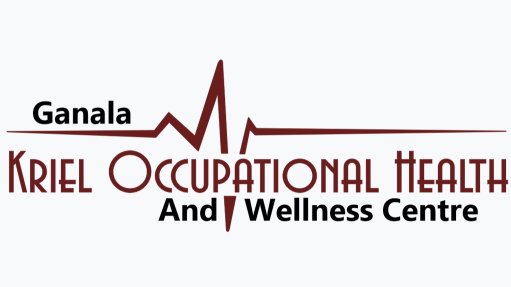Critical planning essential for safe furnace demolition



CAN STAND THE HEAT To execute a fast-paced furnace shutdown project successfully for repair and total demolition, the integration of plans and methods across disciplines is critical
CAN STAND THE HEAT To execute a fast-paced furnace shutdown project successfully for repair and total demolition, the integration of plans and methods across disciplines is critical
While furnace demolitions are carried out often, demolition contractor Jet Demolition says successful implementation of a furnace demolition and project execution stem from detailed and meticulous planning.
“Furnace demolition projects generally take one of two forms – either the demolition works are for the purposes of a reline or a repair, which involves the partial demolition of various elements; or a total demolition, which involves the full removal of all infrastructure relating to the furnace,” explains Jet Demolition contract manager Kate Bester.
She explains that clients will initiate one of these forms of demolition projects based on the expected maintenance or replacement works to be undertaken. The extent of the demolition and scope of work will also determine whether there will be interface and interaction with other contractors or whether the works will be undertaken independently.
To execute a fast-paced shutdown project successfully for repair and total demolition, the integration of plans and methods across disciplines is critical, especially if there are a number of contractors working on site, Bester adds.
“Consequently, fast-paced shutdowns regularly require extensive upfront planning, including the identification of a common or shared programme of works, and allocation of dedicated works areas, well before the actual work is carried out.”
The most important aspect of intense shutdown projects is to ensure that the group of contractors or service providers are well experienced and established, and can adapt to a changing environment, she notes.
At fast-paced shutdown projects, interaction among the teams of an extensive range of service providers can be expected. There might be a primary demolition contractor; a reline contractor to replace refractory, boilermakers, piping and electrical contractors; the client’s representatives; and safety representatives, all sharing common working areas and environments.
With multiple contractors working on one project, the furnace must be in a certain condition before demolition. The furnace needs to be drawn down to reduce the amount of material within the structure that needs to be demolished.
Furnaces are generally quenched ahead of demolition, which allows for the material to cool down sufficiently for personnel and machine to operate safely in and around the furnace.
“Ideally, the demolition contractor should be present during cool down and quenching, and continually liaise with the client to find the window of opportunity in which to start demolition during cooling, but prior to full cool down,” Bester explains.
Part of the demolition process also includes the pre-inspection and assessment of structures for potential damage or defects.
“This enables us to determine, develop and implement the safest possible demolition approach. Extensive experience from the contractor, as well as historical information made available by clients, is crucial in this process – the more information available about past incidents, the better the demolition contractor can prepare for all eventualities.”
Bester adds that, if damages or defects are identified, operational methodologies and approaches are tailored to adopt a risk mitigation approach. These risk-mitigation approaches differ in terms of using larger or smaller machines, approaching the structure from a different angle during demolition or even dedicating a certain section of the structure as an absolute no-go area.
In other instances, temporary supports may be installed, but the mitigation of defects and damage depends on specific site conditions.
“Site and project-specific safety and quality control packs are developed well in advance of the project, complete with risk-mitigation strategies, which can be deployed when required. This, ultimately, plays an important role in planning, which forms the basis of safe and accurate furnace demolition works,” concludes Bester.
Article Enquiry
Email Article
Save Article
Feedback
To advertise email advertising@creamermedia.co.za or click here
Comments
Press Office
Announcements
What's On
Subscribe to improve your user experience...
Option 1 (equivalent of R125 a month):
Receive a weekly copy of Creamer Media's Engineering News & Mining Weekly magazine
(print copy for those in South Africa and e-magazine for those outside of South Africa)
Receive daily email newsletters
Access to full search results
Access archive of magazine back copies
Access to Projects in Progress
Access to ONE Research Report of your choice in PDF format
Option 2 (equivalent of R375 a month):
All benefits from Option 1
PLUS
Access to Creamer Media's Research Channel Africa for ALL Research Reports, in PDF format, on various industrial and mining sectors
including Electricity; Water; Energy Transition; Hydrogen; Roads, Rail and Ports; Coal; Gold; Platinum; Battery Metals; etc.
Already a subscriber?
Forgotten your password?
Receive weekly copy of Creamer Media's Engineering News & Mining Weekly magazine (print copy for those in South Africa and e-magazine for those outside of South Africa)
➕
Recieve daily email newsletters
➕
Access to full search results
➕
Access archive of magazine back copies
➕
Access to Projects in Progress
➕
Access to ONE Research Report of your choice in PDF format
RESEARCH CHANNEL AFRICA
R4500 (equivalent of R375 a month)
SUBSCRIBEAll benefits from Option 1
➕
Access to Creamer Media's Research Channel Africa for ALL Research Reports on various industrial and mining sectors, in PDF format, including on:
Electricity
➕
Water
➕
Energy Transition
➕
Hydrogen
➕
Roads, Rail and Ports
➕
Coal
➕
Gold
➕
Platinum
➕
Battery Metals
➕
etc.
Receive all benefits from Option 1 or Option 2 delivered to numerous people at your company
➕
Multiple User names and Passwords for simultaneous log-ins
➕
Intranet integration access to all in your organisation




















